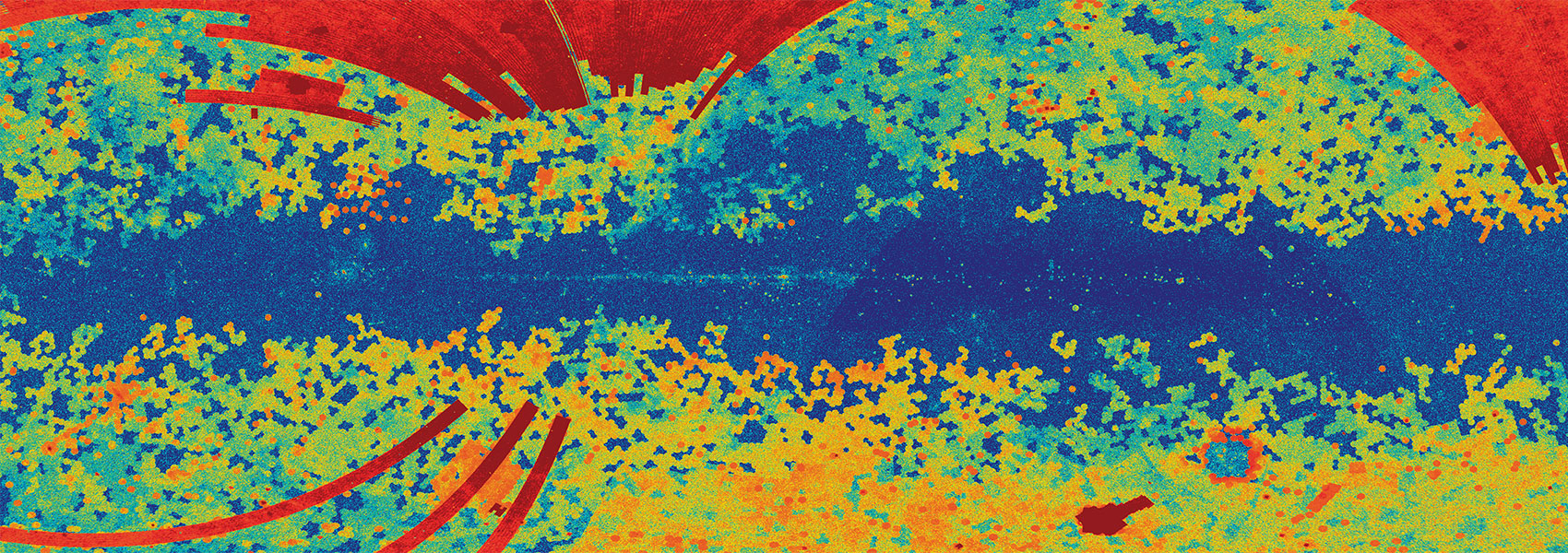November
2015
•
2015A&A...583A..93P
Authors
•
Pál, A.
•
Kiss, Cs.
•
Horner, J.
•
Szakáts, R.
•
Vilenius, E.
•
Müller, Th. G.
•
Acosta-Pulido, J.
•
Licandro, J.
•
Cabrera-Lavers, A.
•
Sárneczky, K.
•
Szabó, Gy. M.
•
Thirouin, A.
•
Sipőcz, B.
•
Dózsa, Á.
•
Duffard, R.
Abstract
•
We present estimates of the basic physical properties including size and albedo of the extreme Centaur 2013 AZ60. These properties have been derived from optical and thermal infrared measurements. Our optical measurements revealed a probable full period of ≈9.4 h with a shallow amplitude of 4.5%. By combining optical brightness information and thermal emission data, we are able to derive a diameter of 62.3 ± 5.3 km and a geometric albedo of 2.9%, which corresponds to an extremely dark surface. Additionally, our finding of ≳50 Jm-2 K-1 s- 1/2 for the thermal inertia is also remarkable for objects in such a distance. The results of dynamical simulations yield an unstable orbit, with a 50% probability that the target will be ejected from the solar system within 700 000 yr. The current orbit of this object and its instability could imply a pristine cometary surface. This possibility agrees with the observed low geometric albedo and red photometric colour indices for the object, which match the surface of a dormant comet well, as would be expected for a long-period cometary body approaching perihelion. Although it was approaching ever closer to the Sun, however, the object exhibited star-like profiles in each of our observations, lacking any sign of cometary activity. According to the albedo, 2013 AZ60 is a candidate for the darkest body among the known trans-Neptunian objects.
Links




